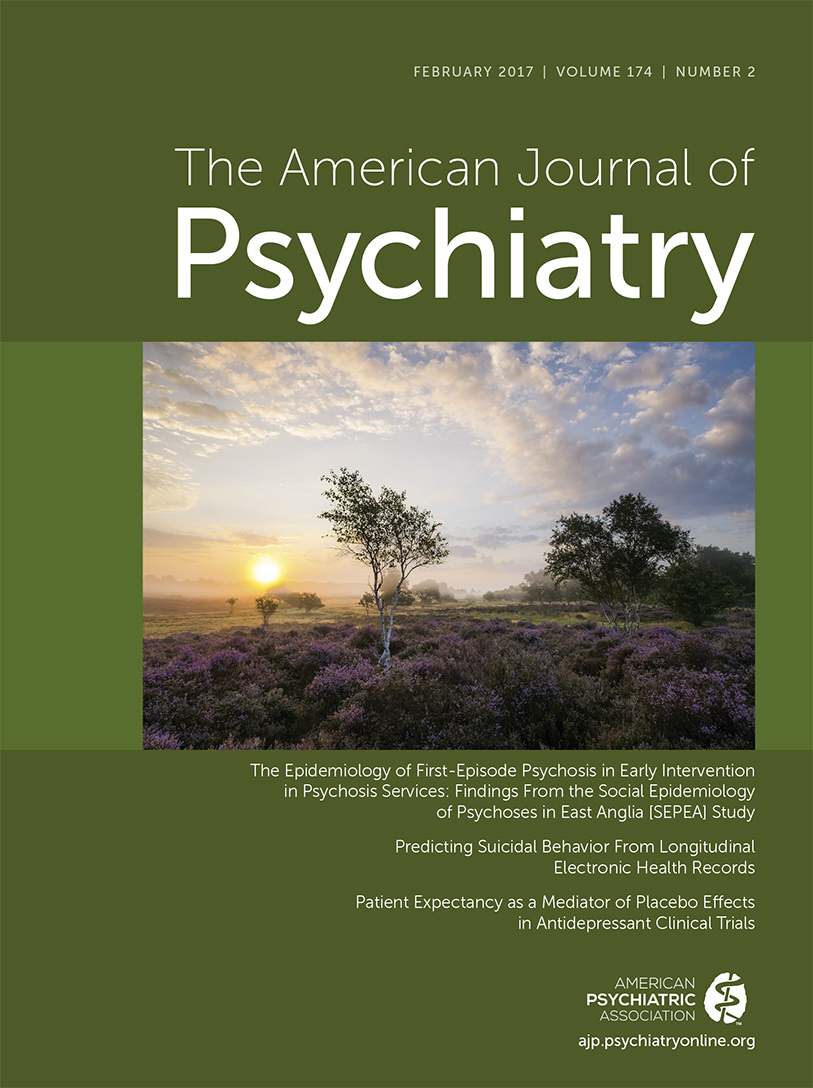Refining Treatment Approaches in Comorbid Trichotillomania and Bipolar Disorder: Response to Sharma and Baczynski
To the Editor: Sharma and Baczynski present five cases of co-occurring trichotillomania and bipolar disorder with worsening of trichotillomania symptoms following childbirth. The individuals in question responded to either lithium or lamotrigine. This case series of the comorbidity of trichotillomania and bipolar disorder, as well as the exacerbation of hair pulling postchildbirth, raises important clinical and research issues: the role of sex hormones in the pathophysiology of trichotillomania, and appropriate pharmacological management of these disorders when they co-occur. The authors mention a correlation between changes in reproductive physiology and hair plucking behavior in mice. In furtherance of the possible role of sex hormones in trichotillomania, a recent study showed that 94% of a large sample of patients who sought treatment for trichotillomania (N=462) were female and that the majority reported an age of onset coincident with puberty (12 years of age) (1). Taken together, these findings seemingly beg for an examination of sex hormones in trichotillomania. In terms of pharmacological treatment of this comorbidity, this case series supports the possible use of lithium and lamotrigine. Both lithium and anticonvulsants have been reported as potentially beneficial for trichotillomania, even in the absence of bipolar disorder, in case reports or open-label studies (2–4). Despite promising research, there is no clear first-line pharmacological agent for trichotillomania. Previous research has suggested that understanding the heterogeneity of the disorder (i.e., using clinical, neurocognitive, and neuroimaging findings to subtype people with the disorder) may improve treatment approaches (5). This case series importantly adds to this approach by suggesting that comorbidity and timing of symptom exacerbation may further refine treatment approaches.
1 : Sex differences in trichotillomania. Ann Clin Psychiatry 2016; 28:118–124Medline, Google Scholar
2 : Lithium treatment of chronic hair pulling. J Clin Psychiatry 1991; 52:116–120Medline, Google Scholar
3 : Oxcarbazepine for the treatment of trichotillomania. Clin Neuropharmacol 2010; 33:107–108Crossref, Medline, Google Scholar
4 : Topiramate in the treatment of trichotillomania: an open-label pilot study. Int Clin Psychopharmacol 2006; 21:255–259Crossref, Medline, Google Scholar
5 : Impulsivity in body-focused repetitive behavior disorders: disparate clinical associations between three distinct measures. Int J Psychiatry Clin Pract 2016; 20:24–31Crossref, Medline, Google Scholar



